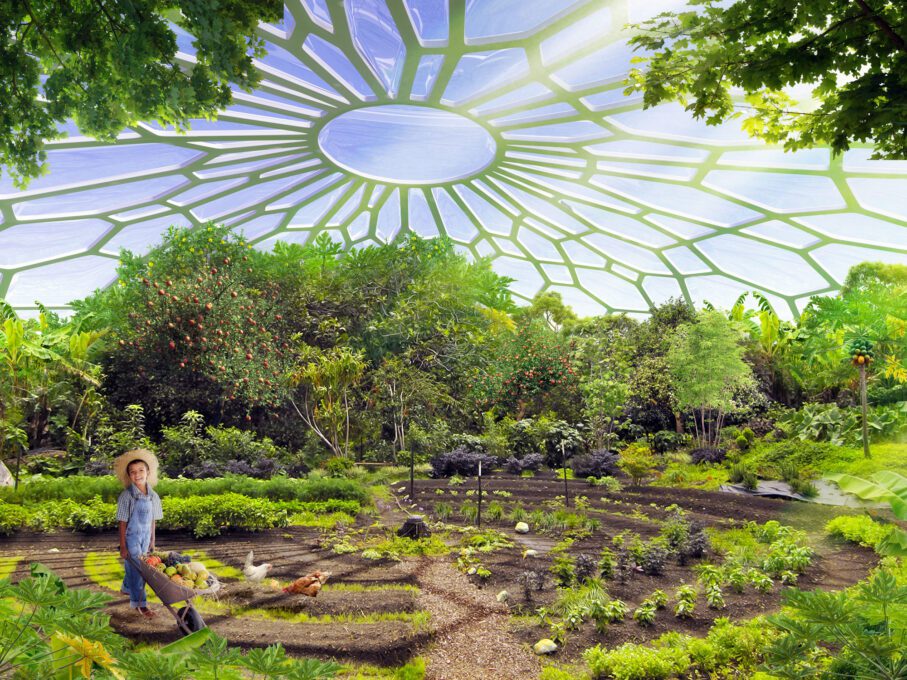Gardening is a harmonious blend of art and science, a timeless practice that transforms outdoor spaces into vibrant sanctuaries of beauty and tranquility. In this guide, we will explore the delicate balance of creativity and horticultural knowledge that defines the art and science of gardening, helping you cultivate not just plants, but a sense of home.
The Art of Gardening
1. Designing with Vision
Gardeners are artists who paint with plants and hardscape elements. Start by envisioning your garden’s style – whether it’s formal, cottage, modern, or wild. Create a layout that reflects your personality and preferences.
2. Color and Texture
Select plants that offer a symphony of colors and textures. Experiment with contrasting and complementary combinations to create eye-catching displays throughout the seasons.
3. Seasonal Storytelling
A well-designed garden tells a story as the seasons change. Plan for year-round interest by including plants that bloom, bear fruit, or display vibrant foliage at different times.
4. Hardscape and Structures
Integrate hardscape elements like pathways, pergolas, and seating areas into your garden. These structures add functionality and serve as artistic focal points.
5. Artistic Expression
Personalize your garden with artistic touches like sculptures, garden art, or handcrafted planters. These elements infuse your personality into the landscape.
The Science of Gardening
1. Soil Knowledge
Understanding your soil is essential. Conduct a soil test to determine its pH and nutrient levels. Amend it as needed to provide optimal conditions for plant growth.
2. Plant Selection
Choose plants that thrive in your climate and soil type. Consider factors like sunlight, water requirements, and space when selecting species.
3. Pest and Disease Management
Identify common pests and diseases in your area and learn how to prevent and manage them. Integrated pest management (IPM) techniques are eco-friendly and effective.
4. Pruning and Maintenance
Regular pruning and maintenance ensure healthy growth and attractive appearances. Study the pruning requirements of your plants to keep them in top shape.
5. Sustainable Practices
Embrace sustainability by conserving water, using organic fertilizers, and practicing responsible garden care. Sustainable gardening promotes long-term environmental health.
Balancing Art and Science
1. Harmonious Planting
Achieve a harmonious balance between aesthetics and plant health. Group plants with similar water and light requirements to create a visually pleasing and functional garden.
2. Experimentation
Gardening is an ongoing experiment. Don’t be afraid to try new plants and techniques, learning from successes and failures along the way.
3. Patience and Observation
Gardening teaches patience. Observe your garden’s growth and adapt your care routines accordingly. Trust that, with time, your garden will flourish.
4. Lifelong Learning
Both the art and science of gardening offer endless opportunities for learning. Attend workshops, read books, and connect with fellow gardeners to expand your knowledge.
5. Environmental Awareness
Consider the environmental impact of your gardening practices. Reduce chemical use, conserve water, and create habitats for local wildlife.
Conclusion
Gardening is a dynamic and rewarding pursuit that brings nature’s beauty to your doorstep. Balancing the artistry of design with the science of plant care creates a garden that is not only visually stunning but also ecologically sustainable. Whether you’re a seasoned gardener or a novice, cultivating home through the art and science of gardening is a deeply enriching journey that connects you with nature, adds beauty to your surroundings, and nurtures your soul. So, grab your trowel and let the creative and scientific gardener within you flourish. Your garden, and your sense of home, will thank you for it.





